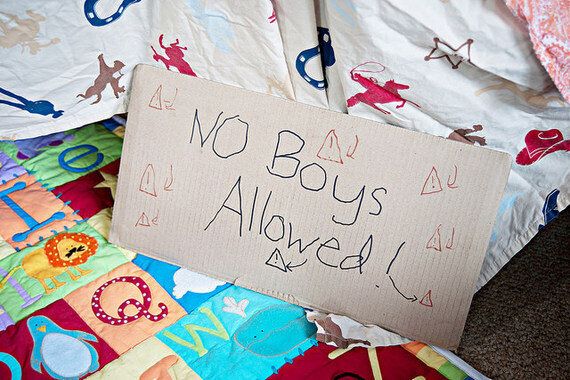
We keep seeing evidence that businesses reap the benefits if they include women and ethnic minorities on their boards.
Yet, for women at least, we seem to circle the same problems -- the dearth of eligible women in the 'pipeline'; the need for more flexible career cycles for working mothers. Organisations may be committed to the principles of diversity, but many still struggle in practice.
There's even been something of a backlash against diversity initiatives at work. For long-time advocate Avivah Wittenberg-Cox, the word itself is part of the problem. (Headlines that equate diversity with political correctness run amok don't help.)
Researchers at NYU, the University of Michigan and George Mason looked into why diversity programmes fail to stick, and found that there is still a stigma attached -- it is effectively seen as 'affirmative action'.
If women and minorities are seen as needing, and getting, a leg up, they will be less liked and less valued. Their advancement will be seen as proof that the organisation is not really a meritocracy. They may be less sympathetically assessed by their bosses. Ironically, their performance can then suffer as they start to feel excluded, according to the researchers.
You can have the purest aims and the smartest programme in the world, but if you've alienated a group of people, it won't stick. Whether consciously or with offhand remarks, those who fail to see any advantage will undermine it.
The 'business case' (another phrase that makes people's eyes glaze over) also needs to be rooted in something that feels real to those who have to live it. The good news is that some of these ideas are already happening in enlightened organisations.
Shift mindsets The biggest barrier is often culture -- a term that itself can hide a multitude of sins. In some cultures, bias is 'baked in'. Something in the cultural foundations of the business may be at odds with policy -- and in such cases, 'the way we do things around here' will trump policy every time.
So companies need to identify their own blind spots. It's often a lack of understanding of why inclusion matters, or assumptions, such as 'working women won't take overseas assignments', especially if they are mothers.
Diversity, or inclusion, is about raising the collective intelligence of an organisation by helping them understand different mindsets.
Think in terms of talent Companies need to approach the women in leadership issue through the 'inclusiveness' lens, seeing it as a means of attracting and keeping talent.
It's not simply a question of equality or fairness -- though this can be persuasive. It's the idea that you might be missing half the room when you're hiring, as Tom Falk, CEO of Kimberly-Clark, has argued. Why would you knowingly overlook half the talent available to you?
At Kimberly-Clark, women are responsible for 80 per cent of the business's purchases, so it's a strategic decision to ensure the company understands its customers.
It is less convincing to pitch women as better leaders than men -- this 'genderisation' creates another form of stereotyping. It's sufficient to say they bring another perspective to bear.
Invite everyone For inclusiveness to take root, it's essential that men are involved. They have to be part of it, if only because 70 to 80 per cent of the top layer of corporations are currently occupied by men.
Some organisations are actively drawing them into diversity plans, using women's interest groups as a lever. I've seen this in action at a big tech company, where men are included on steering committees that deal with diversity initiatives.
The company's women in leadership programme seeds into a more general leadership one, and care is taken to ensure there is an even spread of male and female sponsors assigned to aspiring leaders.
Everyone goes through unconscious bias training, and learns to role-play situations. This helps both men and women see how small actions can become part of the company's culture, for good or ill.
Women's leadership sessions always include a male speaker, so no-one is left out.
Encourage male champions Creating a safe haven for men to air their concerns and raise questions without fear of being labelled a boor can also help. Catalyst's MARC (Men Advocating Real Change) is an example. "Often, men don't know what to do -- they may be apathetic or unaware, or simply don't want to say or do the wrong thing," says Zimmerman.
It also helps if you can win hearts along with minds: Becoming a father late in his life brought flexible working to the fore for former Unilever CEO and Reuters chairman Niall FitzGerald. Growing up with a single working mother did the same for Stephen Ingledew at Standard Life. Lord Davies's report, and the support of Sir Roger Carr and Sir Win Bischoff have helped the 30% Club gain credibility in the notoriously clubby City. Men who champion women's advancement at work can only do us good.
As Tom Falk says, why exclude half the talent?
Photo: Personal Creations/Flickr, CC2.0
